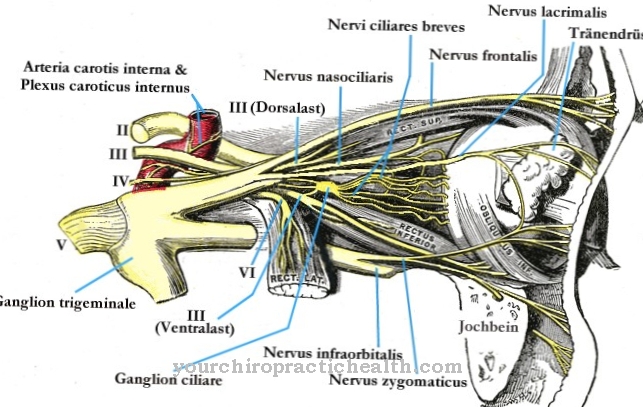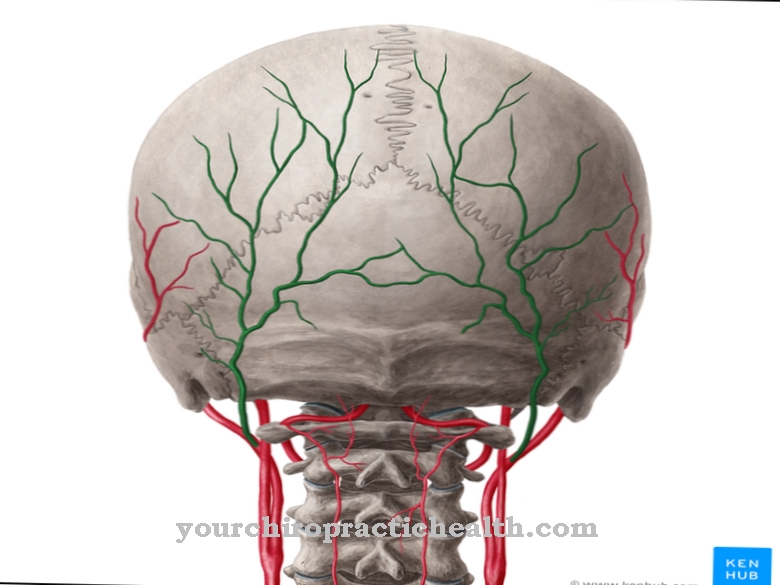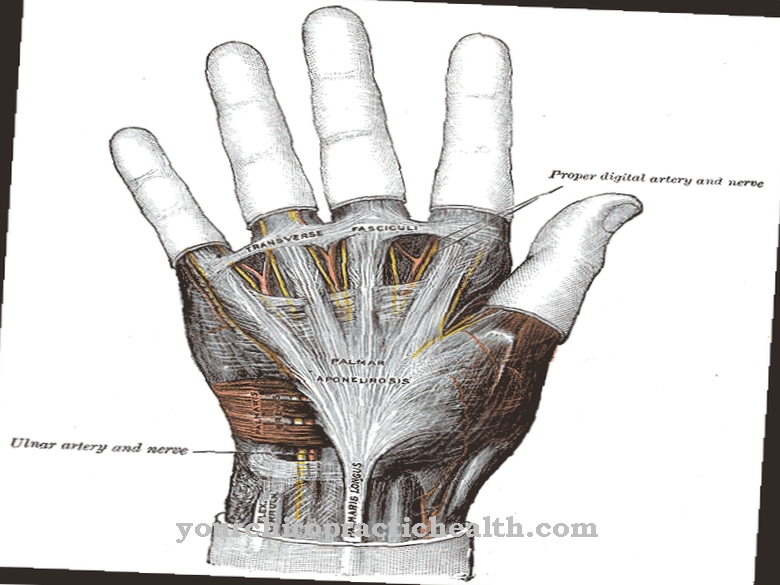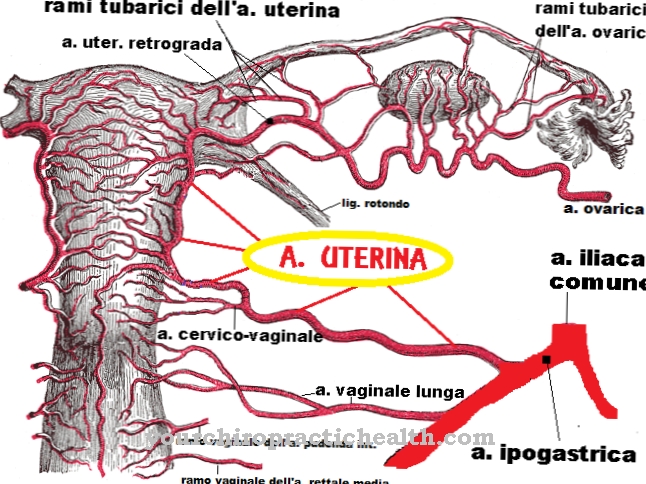The Yolk sac is known mainly as the yolk in bird eggs. In fact, a yolk sac accompanies the placenta in humans and takes on important functions in embryonic development.
What is the yolk sac?
A yolk sac is an organ that is used solely to nourish an embryo. It appears for the first time in reptiles in the evolution of vertebrates and continues in birds. To this day, every egg-laying animal forms the yolk sac around the embryo in the egg. However, it still occurs in mammals and is more than an evolutionary holdover in them.
Until the placenta is formed, the yolk sac is also used in mammals and thus also in humans to nourish the embryo at this early stage of development. Furthermore, it reaches a size of up to 5 mm and serves as a replacement for the liver until it is developed. Until then, the yolk sac takes over vital metabolic functions in the human fetus. In some mammals, the yolk sac persists until birth and they are even born with a yolk sac placenta. Humans, however, reject the yolk sac as soon as the intestine has developed.
Anatomy & structure
The human yolk sac is very simple in its anatomy and consists of an outer membrane and a nutrient-containing filling. Via the so-called yolk duct, it remains in the early phase of embryonic development with the midgut.
It is visible in the early ultrasound exams. Later the intestinal tube of the embryo constricts from the yolk sac, from now on it is referred to as the secondary yolk sac. Before that, it is lined with hypoblasts, which are involved in the formation of blood. These are stem cells that are also of interest in research for many other purposes. In humans, the yolk sac - unlike in horses, for example - does not remain until birth.
Function & tasks
The yolk sac in reptiles and birds is intended to nourish the embryo for as long as it needs to remain in its egg. In humans, the mass of the fertilized egg cell is just enough until it has implanted itself in the uterine lining - after which its reserves are used up. The placenta forms very quickly and the egg cell is also immediately absorbed by the mucous membrane of the uterus, so that the possible nutritional bottleneck is well bridged.
The yolk sac only has different functions than in reptiles and birds - in humans it can replace the liver in its metabolic function until the embryo has developed it. Liver function is vital for an embryo in its early development. Just as important in the yolk sac are the stem cells that make up the membrane of the primary yolk sac. This is where the germ and stem cells for blood formation emerge.
Once these two processes have been completed, the embryo has been connected to the maternal circulation via the placenta for some time and has developed all organs to such an extent that it can do without the yolk sac. Humans no longer form their own yolk sac placenta next to the placenta, as is the case with some other mammals. Instead, the yolk sac disappears from this point on and is no longer visible in the ultrasound image. The embryo now only has the placenta.
You can find your medication here
➔ Medicines against nausea and vomitingDiseases
The yolk sac is a comparatively unproblematic component of early embryonic development. It has to develop, because otherwise the embryo would not be able to replace the function of the liver and, moreover, would not form blood. Under these conditions, it would not be viable at all and would die and be expelled shortly after the egg cell was fertilized.
However, it is very rare for a fertilized egg cell to develop into an embryo without a yolk sac - if the egg cell is rejected by the woman's body at this early stage, there are more often other reasons. Until about the ninth week of pregnancy, when the yolk sac is necessary to replace the liver, it is important that it remains undamaged and that it can continue to perform this function. If its function were to fail beforehand, for example due to external injuries to the mother such as a serious fall or violence, the embryo would no longer be viable and would be rejected.
By the ninth week of pregnancy, the stem cells on the yolk sac membrane have also fulfilled their most important function and triggered blood formation. It is still unknown whether the stem cells in the yolk sac can produce all types of blood cells. It is also not clear to what extent blood formation under the influence of the yolk sac is responsible for the later development of leukemia. However, yolk sac tumors that belong to the group of germ cell tumors are already possible.
Depending on the location, such tumors can be surgically removed before the child is born, but these are decisions on a case-by-case basis and the benefit of the operation must also be weighed against the risk for mother and child. Such tumors often lead to the death of the embryo before birth and, depending on the stage of development, it is either rejected by the mother's body or has to be removed by curettage.

























.jpg)


